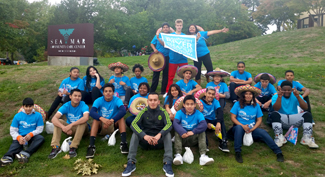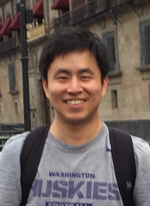A version of this story was originally published in the Fall 2015 UW SRP eBulletin.

The University of Washington Superfund Research Program (UW SRP) received funding from the National Institute of Environmental Health Sciences for our interdisciplinary program titled Effects-Related Biomarkers of Environmental Neurotoxic Exposures. Principal investigator, Dr. Evan Gallagher, oversees the four research projects and five support cores.
Program research is directed at mechanisms and ramifications of metal neurotoxicity in humans and aquatic species. Cadmium, arsenic and manganese are heavy metals common to Superfund waste sites. The UW SRP has a long-standing and successful history in the development and innovative use of biomarkers that can be predictive of exposures to neurotoxic agents. These biomarkers are used as early indicators of neurotoxic injury and as genetic determinants of unusual susceptibilities to environmental hazards. The program has four projects and five cores. The projects include:
Project #1: Biochemical Mechanisms of Olfactory Injury in Salmon. Dr. Evan Gallagher will continue investigating how metal exposures impact fish olfaction. His research targets contaminants of concern at Superfund sites like the Lower Duwamish Waterway in Seattle where environmental exposures to cadmium can influence overall fish survival.
Project #2: Cellular and Molecular Mechanisms of Cadmium Neurotoxicity. Dr. Zhengui Xia is a new SRP investigator. Her biomedical study explores the molecular and cellular effects of cadmium on both olfaction and cognition, focusing on adult neurogenesis and signaling pathways critical for hippocampus-dependent memory.
Project #3: Role of Paraoxonases (PONs) in Modulating Cadmium, Manganese and Organophosphate Neurotoxicity. Drs. Clement Furlong and Lucio Costa will continue to investigate the basis for individual differences in how chemicals are processed, making some people more susceptible than others to the toxic effects of chemical exposure.
Project #5: Arsenic in Shallow Unstratified and Seasonally Stratified Urban Lakes: Mobility, Bioaccumulation and Ecological Toxicity. Dr. Rebecca Neumann and her colleague Dr. James Gawel are also new SRP investigators. Their project investigates the mechanisms of arsenic mobilization within freshwater aquatic environments, linking arsenic biogeochemistry with bioavailability. Their studies will provide information important to establishing water-quality guidelines and regulating total arsenic concentrations to adequately protect human health and aquatic ecosystems.
The UW SRP Support Cores include the:
Administrative Core led by Dr. Evan Gallagher with co-director, Dr. Tom Burbacher. The Core is responsible for the financial and resource management of the SRP It initiates external advisory participation and works with the projects and other cores to foster opportunities for investigators to share research broadly and to expand partner networks with peer SRPs and provide NIEHS with the latest updates on research and outreach activities.
Functional Genomics and Bioinformatics Laboratory Core directed by Dr. Theo Bammler. The Core enables our investigators to utilize a wide range of molecular biology and bioinformatic-related methodologies suited to perform mechanistic studies and to identify markers of exposure to toxicants, impaired physiologic and neurologic function, and susceptibility to neurotoxicity induced by environmental toxicants.
Training Core co-directed by Dr. Gallagher and Dr. Xia. The Core supports students and fellows who work closely with research project investigators, engage in professional development, and interface with agency and community partners.
Research Translation Core (RTC) directed by Dr. Tom Burbacher and managed by Ms. Katie Frevert. RTC staff assist investigators in sharing their respective projects findings, lead trainee activities and help guide the project investigators’ with commercialization and patents.
Community Engagement Core (CEC) also directed by Dr Burbacher and managed by Ms. Frevert. The CEC has benefited from having developed collaborative and effective relationships with several community organizations, community advisory, technical advisory groups in EPA Region 10. The CEC also creates opportunities for SRP students to share information about their research and work with a variety of community partners.
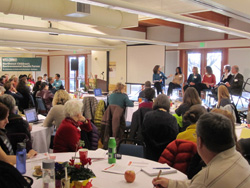


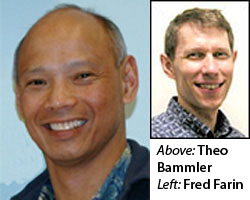 University of Washington Superfund Research Program (UW-SRP) Functional Genomics and Bioinformatics Core Laboratory (Core lab) recently acquired 'next generation gene sequencing instrumentation' that enables them to offer timely and effective sequencing applications for research scientists to provide important information about cell function. The Core lab works with UW-SRP scientists to measure both physiological and genetic changes associated with neurotoxic exposures in humans and wildlife.
University of Washington Superfund Research Program (UW-SRP) Functional Genomics and Bioinformatics Core Laboratory (Core lab) recently acquired 'next generation gene sequencing instrumentation' that enables them to offer timely and effective sequencing applications for research scientists to provide important information about cell function. The Core lab works with UW-SRP scientists to measure both physiological and genetic changes associated with neurotoxic exposures in humans and wildlife.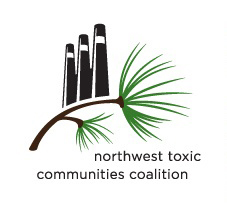 The Northwest Toxic Communities Coalition (NWTCC)
The Northwest Toxic Communities Coalition (NWTCC) The SHAWL Society (Sovereignty, Health, Air, Water,
The SHAWL Society (Sovereignty, Health, Air, Water, 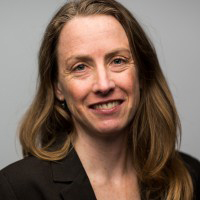
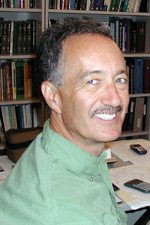
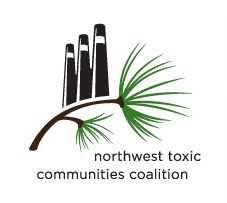 This month marks a decade since a cadre of community groups met in Seattle in 2005 to hold its first regional summit planting the seeds of the
This month marks a decade since a cadre of community groups met in Seattle in 2005 to hold its first regional summit planting the seeds of the 